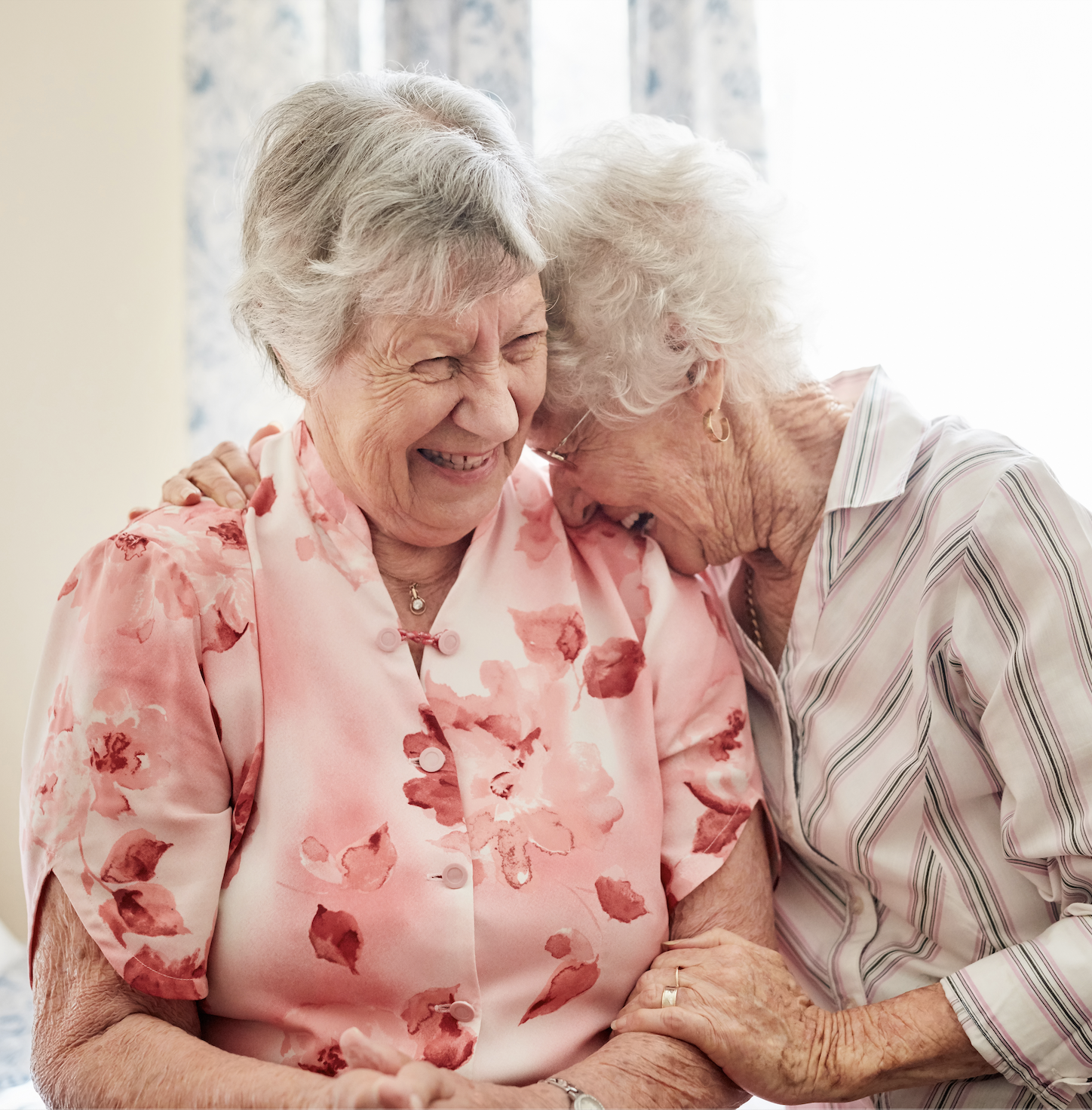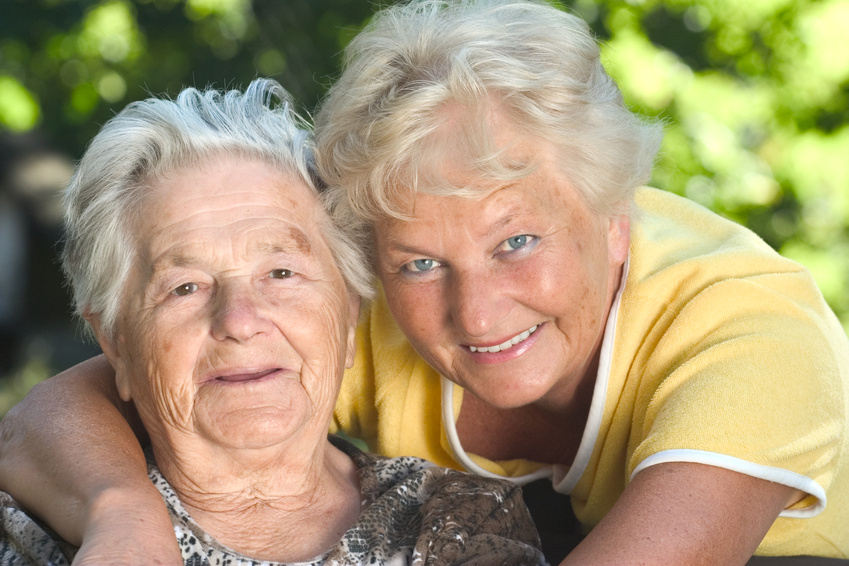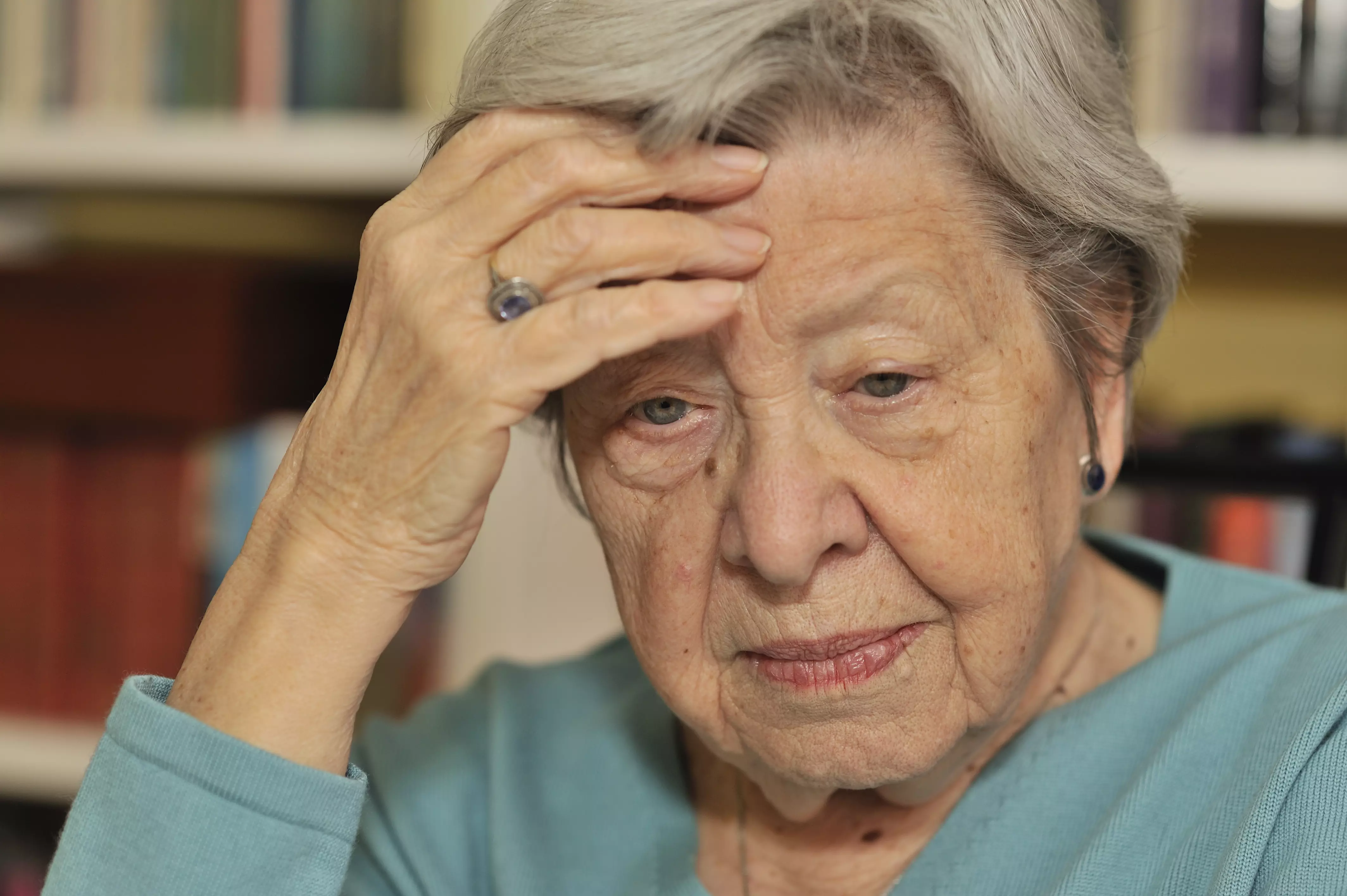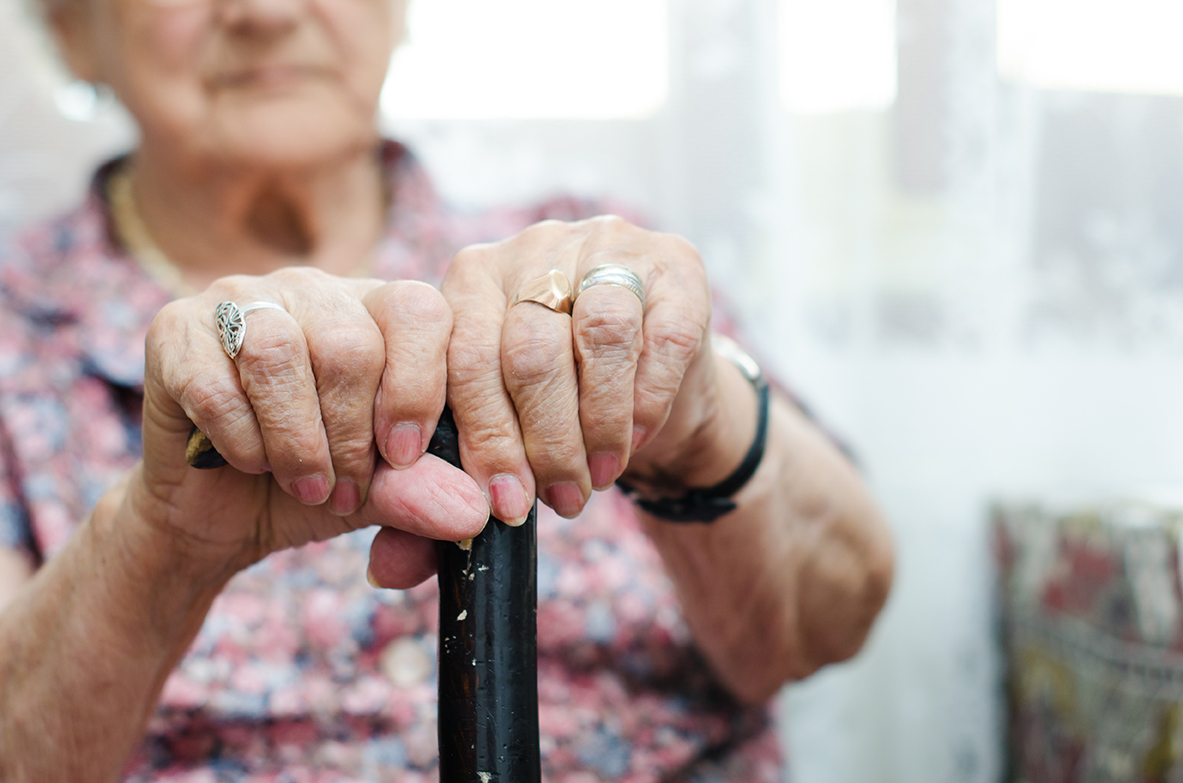.jpg)
Conjunctivitis, commonly known as pink eye, is a contagious eye condition that can affect individuals of all ages. However, it may present unique challenges for the elderly. Understanding the causes, symptoms, and management of pink eye in older adults is vital to ensure their eye health and overall well-being.
Causes of conjunctivitis
Conjunctivitis occurs when the conjunctiva, the clear tissue that covers the white part of the eye and lines the inside of the eyelids, becomes inflamed. This inflammation can result from various factors, including:
Viral infections: Viruses, such as the common cold or the herpes simplex virus, can lead to viral conjunctivitis.
Find YOUR ideal care home NOW!
Bacterial infections: Bacterial conjunctivitis can result from exposure to bacteria, leading to symptoms like eye discharge and redness.
Allergic reactions: Allergens, such as pollen or pet dander, can trigger allergic conjunctivitis, which often causes itching and watery eyes.
Pink eye in the elderly
While pink eye can affect people of all ages, it may be more problematic for the elderly due to several reasons:
-
Weakened immune system: As people age, their immune system may not respond as effectively to infections, making them more susceptible to pink eye.
-
Chronic health conditions: Many elderly individuals have chronic health conditions that may impact eye health and increase the risk of eye infections.
-
Reduced tear production: Elderly individuals may experience dry eyes, which can increase the likelihood of eye irritation and infections.
-
Medications: Some medications commonly prescribed for the elderly can have side effects that impact eye health.
Symptoms and management
Common symptoms of pink eye include:
- Redness in the white part of the eye
- Eye itching and irritation
- Watery or thick discharge
- Crusty eyelids, especially in the morning
Management of pink eye typically involves:
Good hygiene: Frequent handwashing and avoiding touching the eyes can prevent the spread of pink eye, especially in a household or care facility setting.
Eye drops: Depending on the cause, your healthcare provider may recommend artificial tears, antihistamine eye drops, or antibiotic eye drops.
Warm compresses: Applying a warm compress to the affected eye can help relieve discomfort.
Avoiding contact lenses: If you wear contact lenses, it's advisable to discontinue their use until the infection clears.
| Cause | Description | Management |
|---|---|---|
| Viral Infections | Caused by viruses such as the common cold or herpes simplex virus. | Use lubricating eye drops, apply warm compresses, and allow the virus to run its course. |
| Bacterial Infections | Results from bacterial exposure, often leading to thick eye discharge. | Prescribed antibiotic eye drops or ointments help clear the infection. |
| Allergic Reactions | Triggered by allergens like pollen, dust, or pet dander. | Use antihistamine eye drops, avoid allergens, and apply cold compresses. |
| Weakened Immune System | Aging reduces immune response, making infections more frequent. | Maintain good hygiene, boost immunity through diet, and seek early treatment. |
| Dry Eyes | Reduced tear production increases irritation and susceptibility to infections. | Use artificial tears, stay hydrated, and avoid prolonged screen exposure. |
| Medications | Some prescriptions can affect tear production or increase eye irritation. | Consult with a doctor about medication side effects and possible adjustments. |
In conclusion, pink eye can affect individuals of any age, but it may pose particular challenges for the elderly due to their weakened immune systems and other age-related factors. Recognizing the causes, symptoms, and management of pink eye is crucial for preserving eye health and ensuring the well-being of older adults. Timely intervention and preventive measures can help protect their eyes and overall quality of life.
FAQ:
1. How can seniors prevent conjunctivitis (pink eye)?
Seniors can prevent conjunctivitis by washing hands frequently, avoiding touching the eyes, cleaning bedding and towels regularly, and avoiding close contact with infected individuals.
2. When should an elderly person see a doctor for pink eye?
A doctor should be consulted if symptoms persist for more than a few days, eye pain occurs, vision changes, or thick green/yellow discharge appears.
3. Is pink eye contagious?
Viral and bacterial conjunctivitis are highly contagious and can spread through direct contact, contaminated surfaces, and respiratory droplets. Allergic conjunctivitis is not contagious.
4. Can pink eye lead to serious complications in seniors?
Yes, if untreated, bacterial conjunctivitis can lead to corneal infections or vision problems, especially in those with weakened immune systems.
5. Can seniors use over-the-counter eye drops for pink eye?
Yes, artificial tears and antihistamine drops can help with irritation, but antibiotic drops require a doctor’s prescription for bacterial infections.
Need help finding a care home?
Senior Home Plus offers free personalized guidance to help you find a care facility that suits your health needs, budget, and preferred location in the UK.
Call us at 0203 608 0055 to get expert assistance today.
Do you need a care home for yourself or your loved one?
Search for Care Homes by Region
| East Midlands | Eastern | Isle of Man |
| London | North East | North West |
| Northern Ireland | Scotland | South East |
| South West | Wales | West Midlands |
| Yorkshire and the Humber |
Share this article :
Latest posts
You are looking for an establishment for your loved one ?
Get availability & prices
Fill in this form and receive
all the essential information
We would like to inform you of the existence of the opposition list for telephone canvassing.




.jpg)






